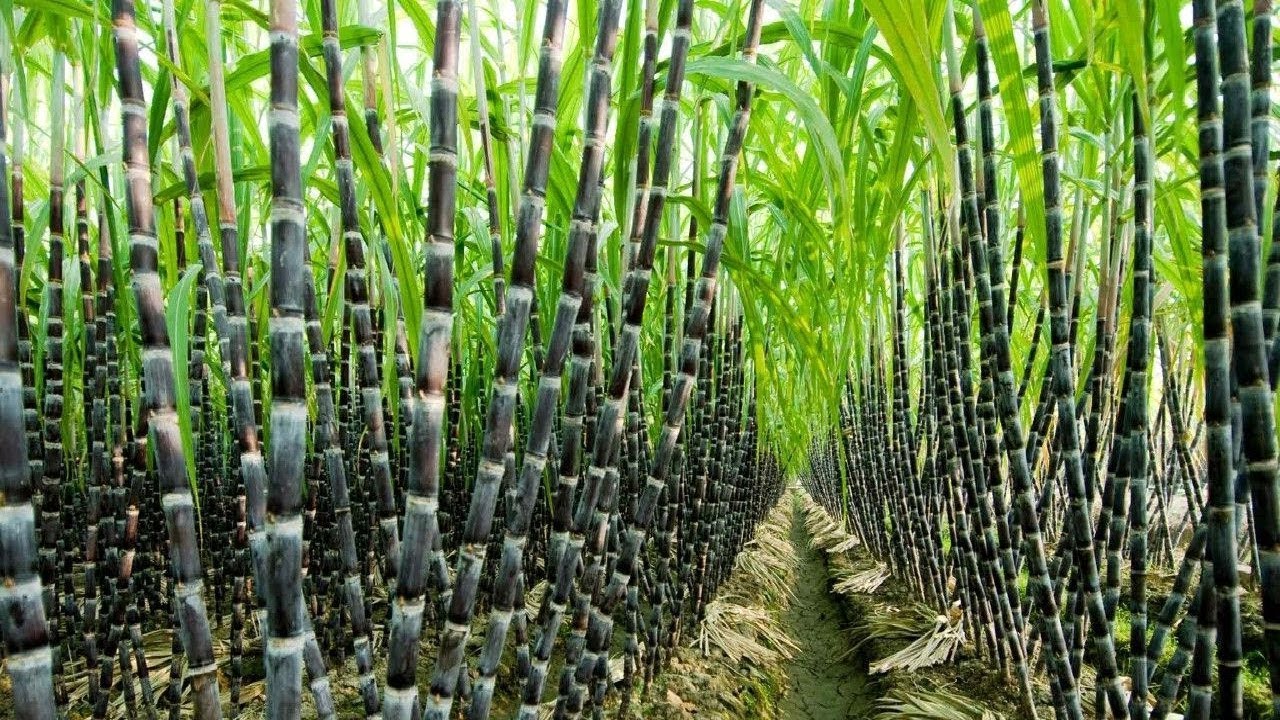RIO DE JANEIRO, BRAZIL – A high sugar price in Brazilian real equivalent and the fuel ethanol demand uncertainties in 2021 are expected to encourage producers to keep maximizing sugar production to supply a deficit global market.
Brazil proved to be a consistent sugar supplier in 2020, able to increase its production by more than 44.2% in a crop year. The country thus changed the global supply and demand picture from a possible deficit in the global 2019-20 crop year (October-September) into a small surplus of 121,000 metric tons raw value, or mtrv, according to S&P Global Platts Analytics.

Brazilian producers shifted to higher sucrose levels in sugar production due to the higher profitability that sugar in the export market paid over ethanol in the domestic market throughout the Center-South during the 2020-21 crop year (April-March). The scenario is expected to be repeated in the next Center-South crop in 2021-22.
Market participants estimated that 70% of the total Brazilian sugar production capacity was hedged for the next crop, leaving a small portion in the floating market. This has left less chance for the capacity to be converted to ethanol production, depending on the pricing.
The first front month, March for the Intercontinental Exchange, or ICE, No. 11 sugar futures, settled on Dec. 23 at 14.54 cents/lb and the hydrous ethanol future contract settled on the Brazilian exchange B3 for March delivery at Real 2,013/cu m. As a result, sugar was seen to be paying a premium of 451 points or $99/mt over ethanol in March 2021.
The higher premiums paid by sugar over ethanol in the ICE NY11 forward curve in 2021 has increased sugar’s position as hedging tools guarantee a minimum export price for the product. The fuel demand uncertainties in 2021 are also expected to encourage producers to keep maximizing the sugar mix in the next crop cycle.
Brazilian producers have the ability to shift the sugarcane toward either sugar or ethanol production, and usually, the production decision can be taken a few weeks prior to the cane crushing. However, the favorable depreciation of the real versus dollar has provided additional support to the higher sugar production, which is mostly exported.
S&P Global Platts Analytics estimates for the 2020-21 season (October-September) pointed to a global sugar deficit of 579,000 mtrv. This was a constructive fundamental scenario for Brazilian producers, who start processing the crop in April and reach the peak of production in August.
Although Brazilian producers are expected to be in a comfortable position to supply a deficit global market in the first half of the Center-South crop 2021-22 (April-March), that scenario is estimated to get converted into a surplus of 1.4 million mtrv starting October 2021, when the global crop 2021-22 starts becoming available.
The ICE NY 11 forward curve represented this trend as the first three contracts (March, May and July) expiring in 2021 were in decline.
PRODUCTION ESTIMATES
For the next Center-South crop of 2021-22, agricultural yields could drop more than the estimated levels due to continuous dryness in the current 2020-21 season. The latest data published by the industry association, UNICA, showed that in the Center-South crop of 2020-21 from April to October, the precipitation was 43.1% lower than the average historical levels. Hence, rains in January-March will be crucial for the recovery of the sugarcane crop.
While dry weather can limit the sugarcane crop development for the Center-South crop starting April 2021, it has contributed to the record high ATR, or total recoverable sugar, reached in the Center-South 2020-21 season.
Platts Analytics estimates that if rains pick up in the first quarter of 2021 and the 2021-22 season turns much wetter than the last four cycles, the ATR could drop in the second quarter as well as the third quarter and finish below the 10-year average of 136 kg/mt.
Market participants were mostly estimating a drop of nearly 10 million mt in the volume of cane crushed in the next Center-South crop cycle in 2021-22, which starts in April. In a scenario of less cane and lower ATR — considering a wetter crop — the Brazilian sugar production is estimated to drop by nearly 4 million mt to 34.3 million mt, according to Platts Analytics.
Brazilian physical sugar market premiums for Q1 loading started to plunge in the last days of December. Sources attributed the lower cash values to the additional 6 million mt expected to be delivered by India as a subsidy was confirmed for the regional producers.
Platts assessed VHP sugar, FOB Santos, for January shipment at a 7-point premium to the March (H) Sugar No. 11 Futures on Dec. 22, down 7 points on the day amid no firm demand in the spot market.
Source: S&P Global Platts Analytics

